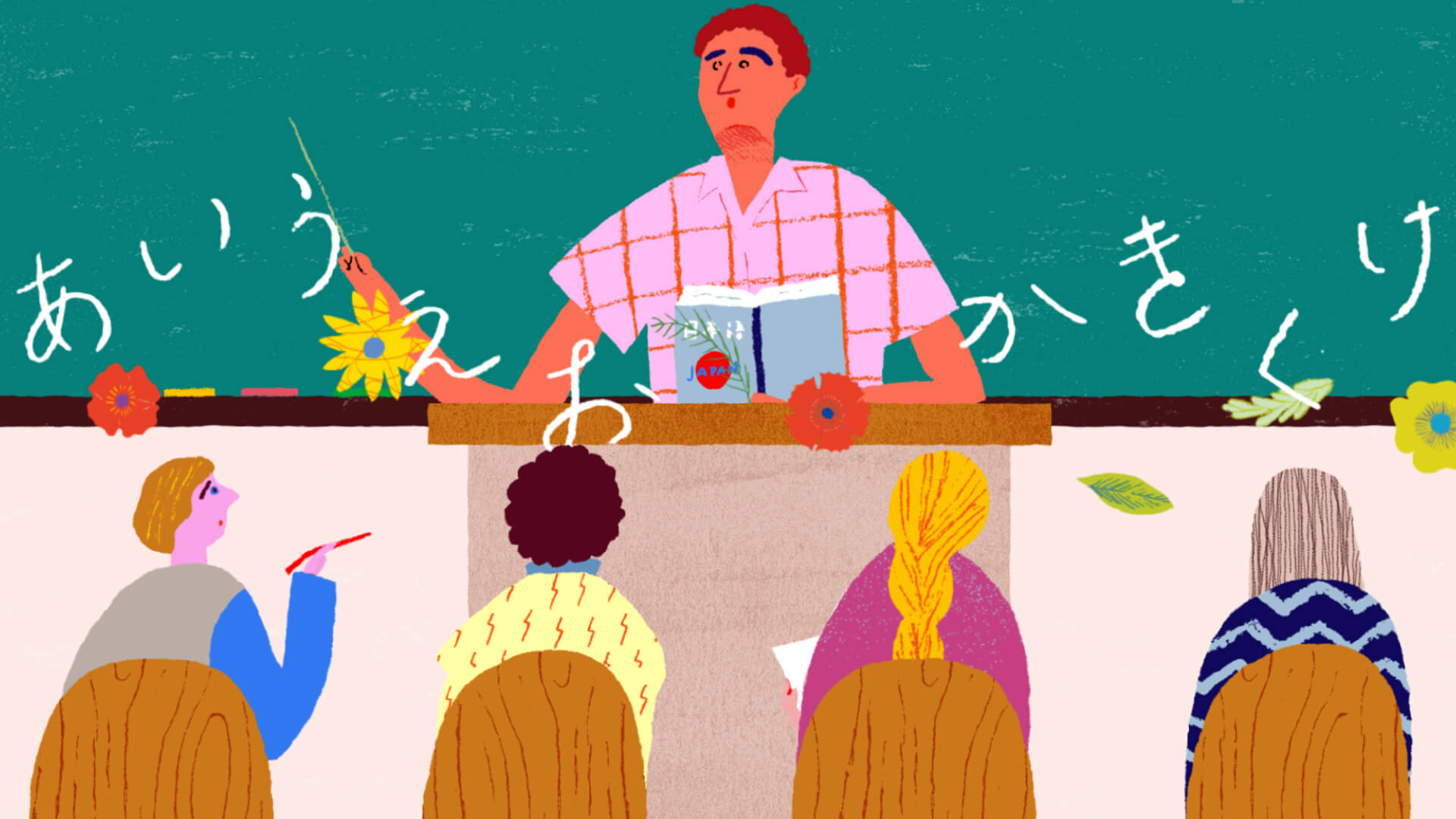The Japan Foundation New Delhi is organizing an exhibition of Photo Panels on Traditional Musical Instruments of Japan.
Traditional Music varies not only on the historical conditions but also according to the social and geographical conditions. Japanese people are known as great guardians of their traditions and culture. In this exhibition, we have tried to give brief understanding if the musical instruments used in Japanese Traditional music.
Date : 24th Apr. ~ 30th May, 2015
(closed on Sundays and Public Holidays)
Time : 11:00 ~ 19:00
Venue : The Japan Foundation, New Delhi
Entry Free
Japanese Musical instruments are categorized as:
1. String
2. Percussions
3. Wind
String instruments include:
Biwa : Biwa is a four-stringed lute with a flat back side. It originated in Chana and arrived in Japan approximately 1300 years ago.
It has a pear shaped body with four or five strings and four or five wooden frets. The instrument (about three feet long) has a body commonly made of a solid piece of hollowed-out mulberry (or rosewood, quince) and a paulownia wood soundboard The strings are of silk and are tuned according to the tonality. The strings are plucked with a wooden plectrum called bachi which is held in the palm of right hand. One of the characteristics of biwa is bussing resonance called rattle, an effect produced between the strings and frets.
Over the centuries, several types of biwa were created. Each biwa has different size of plectrum, a specialized purpose, a unique performance technique, and varying numbers of strings and frets. Among the major variants are the gakubiwa (used in court music), the mōsōbiwa (used by Buddhist monks / blind priests (as accpmlishments to chanted religious texts and sutras), the heikebiwa (used to tell the tales of the rise and fall of the Taira clan in 12th century), the satsumabiwa (used for samurai narratives) and .the chikuzenbiwa (most modern and common instrument)
Biwa is used till today in story-telling and narratives.
——————————————————————————————–
Koto : The Koto is a 13-stringed long Japanese board zither similar to the Chinese Zheng.
Koto is about 6 feet long, 10 inches wide and 2 inches thick. The body of koto is a box, made of hollowed out section of paulownia wood. The head and tail of the instrument is made of rosewood. The strings that are strung over 13 movable bridges along the length of the instrument.
All the strings are of same thickness. Originally these strings were made of silk, but because silk breaks easily, most players stared using nylon strings.
When the player sits on the floor in the traditional manner the playing end is slightly elevated by a short stand (about 4-6 inches high) or by attaching two short feet. Today performers often sit on chairs, and then the koto rests on a stand called a rissodai.
Koto is played by plucking the strings with the thumb and first two fingers of the right hand, which are fitted with ivory plectrums called tsume.
Players can adjust the string pitches by moving these bridges before playing. There are also modern variations that have 17, 21 or 25 strings.
Koto can be played as solo instrument or in an ensemble.
—————————————————————————————————–
Shamisen : The Shamisen is a three-stringed lute-lie banjo. It came to japan from China in 16th Century.
Shamisen is made of red sandalwood ranging from 1.1 to 1.4 mt. and are numbered from top to bottom. The neck is slimmer and without frets. The body part is rectangular covered with skin, usually of a dog or cat. Nowadays, a special type of paper is also used to cover the body. Silk strings are used mostly used but nowadays nylon strings are also used. The first string us the thickest and lowest in pitch. The second string is a little thinner and higher in pitch and the third string is thinnest and highest in pitch and mostly used to create sound.
The shamisen is played with a large weighted plectrum called a bachi, which was traditionally made with ivory or tortoise shell but now wooden plectrum is used.
The shamisen became an indispensable part of kabuki and of almost all music in the Edo period, as background music. But from the beginning of the Meiji era (1868-1912), it came to be appreciated on its own, and people began performing it as a solo instrument or in an ensemble, together with koto, Shamisen is used for various occasions, theatre, geisha houses, festivals and so on.
————————————————————————————————————————
Percussion:
Taiko : literally means “great drum”. This term Taiko is referred to any kind of drum.
Taiko construction involves many stages. Making and shaping the body of drum, preparing the skin of the drum and finally tuning the skin for required sound effect.
I feudal Japan, Taiko was used to motivate the troops. Taiko was also used in the court style music, gagaku.
Taiko is used the Japanese theatre to have the music beats. Taiko is performed solo or with other musical instruments.
———————————————————————————————————————–
Wind:
Shakuhachi: Shakuhachi was introduced to Japan from China in the 8th century.
The name Shakuhachi means 1.8 cms, referring to its size. Traditionally the instrument was made from the bamboo , but nowadays even hardwood is also used.
Shakuhachi was used by monks to practice Zeb Buddhism.
Display Image: Koto Instrument
 Twitter
Twitter

 '
'